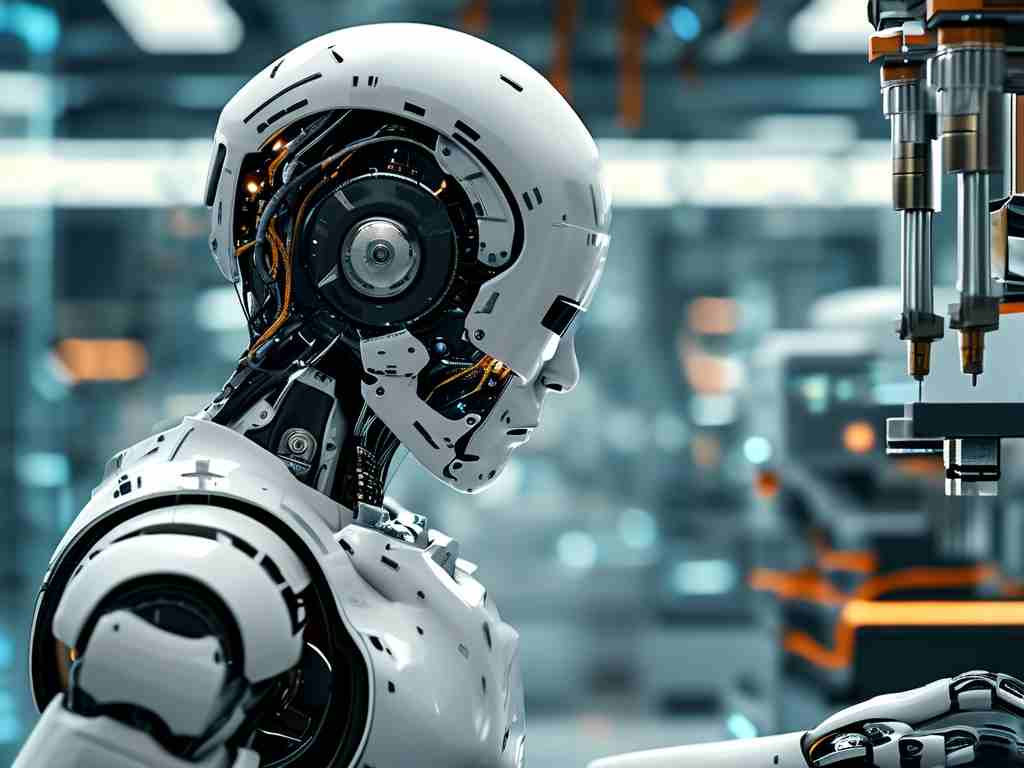The evolution of robotics has been driven by foundational theories that enable machines to perceive, process, and interact with their environments. At the heart of these advancements lie critical frameworks spanning kinematics, dynamics, and adaptive control systems. This article explores key theoretical pillars shaping modern robotics while addressing their practical implications in real-world applications.

1. Kinematics: The Geometry of Motion
Kinematics forms the bedrock of robotic movement analysis, focusing on spatial relationships without considering forces. Forward kinematics calculates end-effector positions based on joint angles, while inverse kinematics solves the reverse problem—determining required joint configurations for target positions. Recent advancements integrate probabilistic kinematics for handling measurement uncertainties in flexible robotic arms, particularly in medical applications where millimeter-level precision matters.
A practical example emerges in surgical robots, where kinematic models compensate for tissue elasticity. By incorporating real-time feedback from force sensors, these systems adjust joint parameters to maintain instrument stability during minimally invasive procedures.
2. Dynamics and Energy Optimization
Dynamic models extend kinematic principles by accounting for mass, inertia, and torque interactions. The Lagrangian formulation remains a cornerstone for modeling multi-joint systems, enabling engineers to predict energy consumption and motion trajectories. Modern implementations leverage recursive Newton-Euler algorithms for real-time dynamic computations in humanoid robots, balancing computational efficiency with accuracy.
Energy optimization theories are revolutionizing industrial automation. Consider warehouse robots that dynamically recalculate acceleration profiles based on payload weight, reducing power consumption by 18-22% while maintaining throughput. Such optimizations rely on Hamiltonian mechanics principles adapted for discrete-time control systems.
3. Perception and SLAM Frameworks
Simultaneous Localization and Mapping (SLAM) algorithms exemplify the fusion of probabilistic theory and sensor fusion. Kalman filter variants and particle filters enable robots to construct environmental maps while tracking their position—a dual estimation problem critical for autonomous vehicles. Emerging graph-based SLAM approaches improve scalability for large-area navigation, as demonstrated in agricultural robots mapping kilometer-scale fields with LiDAR-camera fusion systems.
4. Adaptive Control Systems
Modern control theory addresses nonlinearities and environmental uncertainties through adaptive mechanisms. Model Reference Adaptive Control (MRAC) allows robots to adjust controller parameters in real-time, crucial for underwater drones facing variable fluid dynamics. A breakthrough application appears in soft robotics, where neural-network-augmented PID controllers adapt to material deformation patterns unseen during training phases.
5. Ethical Algorithm Frameworks
As robots gain decision-making autonomy, algorithmic accountability theories are gaining prominence. Hybrid reasoning architectures combine symbolic AI for rule-based decisions with machine learning for pattern recognition. This dual-layer approach underpins ethical navigation systems in service robots, enabling them to prioritize human safety while optimizing task completion paths.
Implementation Challenges
Theoretical models face real-world validation hurdles. Friction modeling in articulated joints, for instance, requires stochastic differential equations to account for surface wear variations. Researchers at MIT recently demonstrated a self-calibrating friction compensation system using Bayesian inference, improving industrial robot repeatability by 40%.
Future Directions
Quantum-inspired algorithms are emerging for robotic swarm coordination, leveraging entanglement principles for decentralized decision-making. Early experiments show promise in disaster response scenarios, where robot teams maintain synchronized operations without centralized control.
From manufacturing floors to extraterrestrial exploration, robotic technologies continue to be shaped by these theoretical foundations. As computational power grows, the integration of physics-based models with data-driven techniques will likely redefine the boundaries of robotic capabilities, emphasizing the enduring relevance of core theoretical frameworks in driving innovation.

